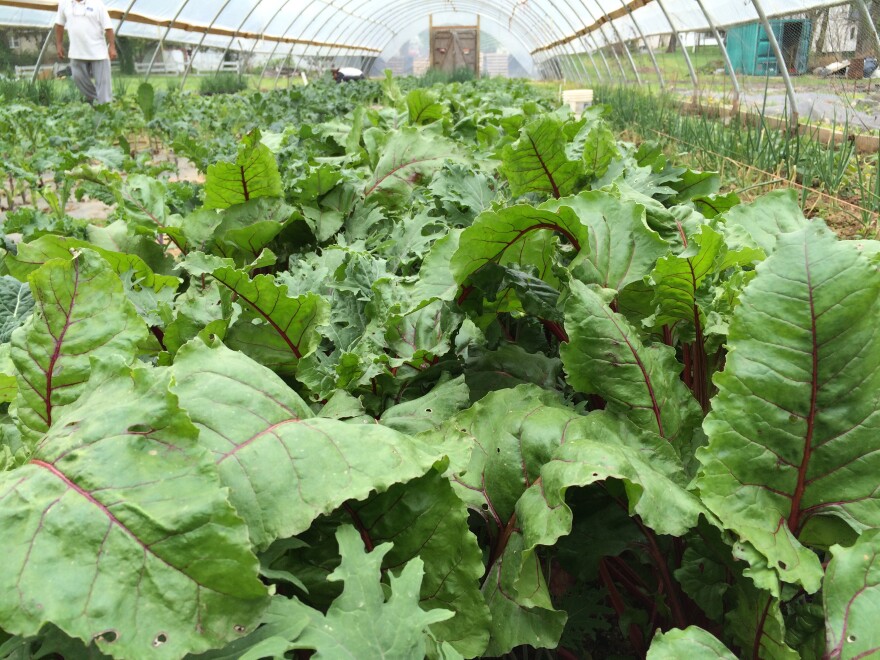Members of the Huntington community have taken an idea from nearby Athens, Ohio to try to connect local food producers with local food consumers.
Local Restaurants
Susan Ballard is the co-owner of the Bodega, a gourmet style sandwich restaurant. She’s interested in any
locally growned food she can get her hands on. After doing a taste test with Celeste Nolan of Laurel Valley Creamery she decided to use locally produced cheeses to top off some the sandwiches on the menu.
“I found a wonderful local cheesemaker and our new spring menu will have three sandwiches with her cheese on it. I want everyone to taste what an amazing cheese maker she is and feature our local produce and our local farmers in any way that we can,” Ballard said.
Ballard found the Laurel Valley Creamery through the 30-mile meal program. It’s a non-profit organization that works to network farmers, with restaurants or consumers with a 30 mile radius of Huntington.
The Program
The 30-mile meal is a product of the Unlimited Future, a business incubator that helps small businesses get off the ground. They foster relationships between local growers like Laurel Valley Creamery and restaurants like the Bodega.
Since the 30 Mile Meal Huntington program started in 2013, Executive Director Gail Patton has said it’s all about bringing the different entities together.
And now, restaurants like the Bodega will have even more local choices to put on their menu thanks to the 30 Mile Meal Program.
The Growers
At Adelard Produce, Paul Carbonneau are growing vegetables in the West End of Huntington. Adelard produce opened for business in late fall 2014. Carbonneau and Torres are eager to get their product into local restaurants and markets like the Bodega. Carbonnea will make a pitch to anyone that will listen.
“There is nothing like picking something and cooking it that evening for clientele that come to your restaurant, I mean there isn’t,” Carbonneau said. “The flavor, the texture doesn’t compare. I mean when you cook it up you look at it and you go wow I’ve been cooking that up for a long time and it’s never looked like that before, that’s because you haven’t been picking it local.”
West Virginia’s weather has created some challenges for the growers. It’s tough to have produce during the colder months.. It’s still a work in progress to figure out the right recipe to make things grow in the winter months, but that’s where the high tunnel comes in.
It’s basically tall metal bars shaped to form a tunnel wrapped in thick plastic. It works as a tube to create
better growing conditions when the outside weather isn’t so conducive. Growing in the winter months can be the key to creating a relationship with local markets and restaurants. If product can be produced year around, that can create a more consistent relationship.
At Adelard Produce they’re producing things like bloomsdale spinach, red ruffle and red ursa kale and onions or scallions. Carbonneau wants to get the word out about Adelard Produce as quickly as he can.























